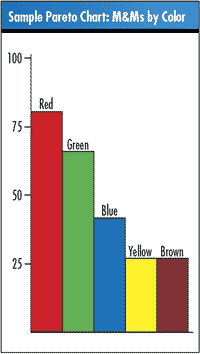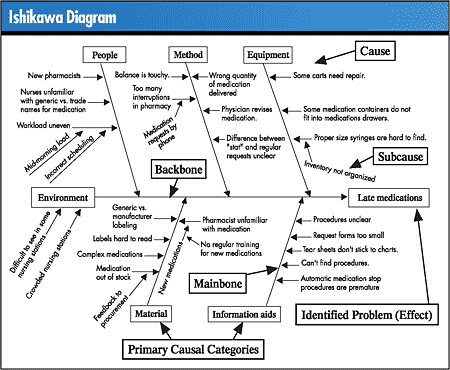Gone Fishing
After last month’s unfortunate experience with the concept of coefficient of variation, Dr. Noah Tahl has decided to plan his future role as a hospital consultant in other parts of the country. This allows him to practice his statistical prowess as well as save his diminishing reputation at St. Maybe Hospital. To prepare for his new role, he studies the list of available training seminars--checking their locations rather than their content, of course.
“Here’s one in Hawaii,” he announces to himself with some pleasure, noting the subject is “Quality Tools for the Health Care Industry.”
Perfect. Besides its location in a tropical paradise, this training seminar will give him the opportunity to network with other health care professionals. If he’s very lucky, he might even learn something he can use.
When the seminar opens at 1 p.m. in a lavish resort overlooking Waikiki Beach, Tahl has just finished playing 18 holes of golf and is having a difficult time staying awake. When the instructor begins to talk about the usefulness of cause-and-effect charts, Tahl’s head drops and he’s out. He’s jolted awake some time later. The instructor has moved on to Pareto charts and is completing the section with an exercise that involves using M&Ms to illustrate the Pareto diagram. Believing this exercise applies to cause-and-effect (i.e., fishbone) diagrams, Tahl takes copious notes so he can host a seminar on this subject at the hospital upon his return. He’s certain this information will restore his reputation and prepare him for his wonderful new career as an international consultant.

Back at St. Maybe Hospital one week later, Tahl gathers his staff for a lecture on cause-and-effect charts. He is prepared to dazzle them with the colorful M&M exercise.
Confused by his presentation, one of his staff members questions whether this is really a cause-and-effect diagram. The staff member asks whether it might, instead, be a Pareto chart.
“There are variations on the cause-and-effect diagram,” Tahl responds impatiently, “and this is one of them. They all prove exactly the same thing.”
Was Dr. Tahl correct? Are cause-and-effect diagrams used for the same purposes as Pareto charts in this or any other case?
No. A cause-and-effect diagram shows various system elements that might contribute to a problem or outcome. It’s used to uncover root causes. Pareto diagrams sort data by frequency of occurrence but don’t identify causal relationships.
The cause-and-effect diagram was developed in 1943 by Kaoru Ishikawa, president of the Musashi Institute of Technology in Tokyo. It’s sometimes called an Ishikawa or a fishbone diagram because of its resemblance to a fish’s skeleton. Its graphic nature allows groups to organize large amounts of information about a problem and pinpoint possible causes. It also encourages investigation of causes at many levels, improving the odds that root or basic causes will be identified.

In health care settings, the cause-and-effect diagram can identify the variables influencing processes such as delivery, billing, purchasing or scheduling, as well as general problems such as absenteeism, turnover or wait time.
The cause-and-effect diagram is used to find and analyze causes of variation. It also can help solve problems that occur in a system. Although the diagram looks simple to make, it’s not easy to do well. Hitoshi Kume, a Japanese quality professional, noted, “It may safely be said that those who succeed in problem solving in quality control are those who succeed in making a useful cause-and-effect diagram.”
Michael J. Cleary, Ph.D., founder and president of PQ Systems Inc., is a noted authority in the field of quality management and a professor emeritus of management science at Wright State University in Dayton, Ohio. A 29-year professorship in management science has enabled Cleary to conduct extensive research and garner valuable experience in expanding quality management methods. He’s published articles on quality management and statistical process control in a variety of academic and professional journals.
|